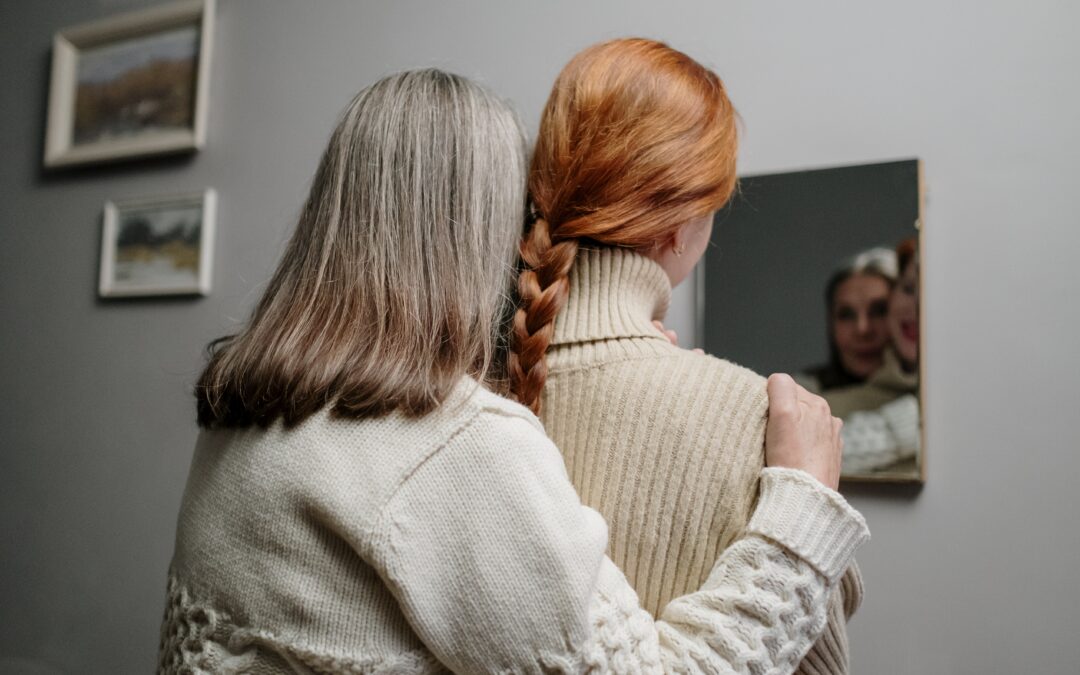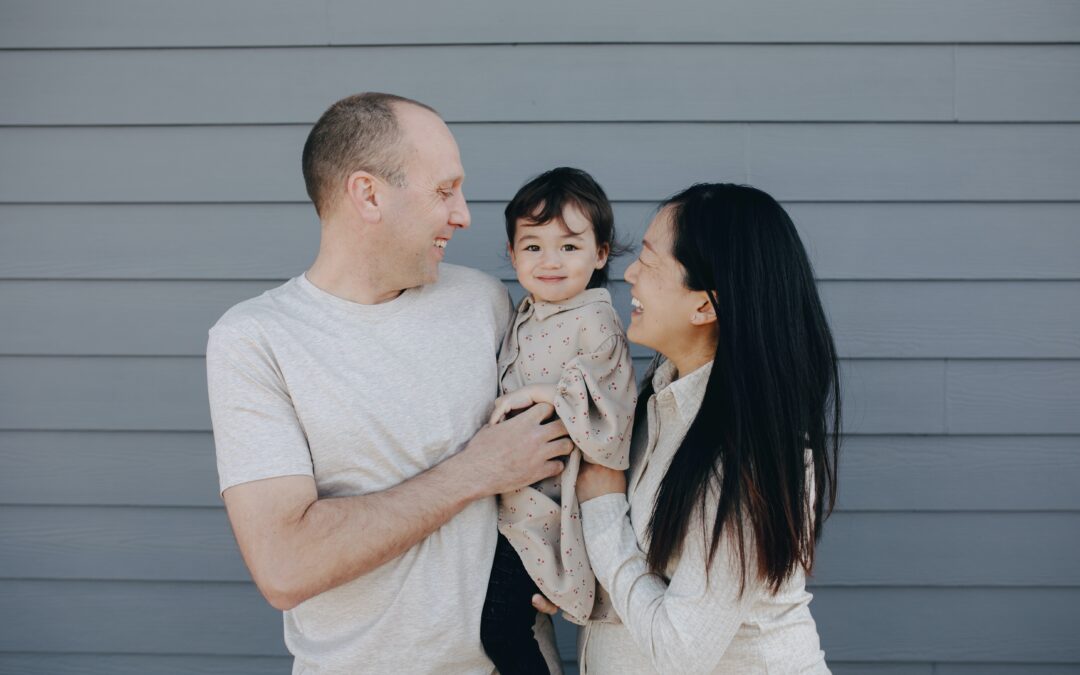The Centers for Disease Control and Prevention reported last year that 21.6% of adults received mental health treatment in 2021, up from 19.2% in 2019 – young adults between the ages of 18 and 44, particularly women, were more likely to have received treatment. Back in 2018, NBC News reported results from a survey by the Hopelab Foundation and Well Being Trust which found that “90% of teens and young adults with symptoms of depression said they had gone online for information about mental health issues, compared with 48% of those without any symptoms.” Big Tech and social media are knowingly responsible, as Brad Wilcox observed in the Institute for Family Studies blog, for the rise in young adult anxiety, depression, and suicide, “among other pathologies.”
The Rise of Therapy-Speak
While it’s good that mental health needs are more widely acknowledged and therapeutic treatment more widely accepted, it is also true that the mainstream reception of therapeutic language – particularly online – has often had the opposite of its intended effect. As social media users, content creators, and professional bloggers rehearse formulaic conversations to “set boundaries” or even end relationships, “therapy-speak” is increasingly employed to justify conflict avoidance, self-centered behavior, and one-sided interactions in real life. As the phenomenon of “therapy-speak” grows more prominent, there is an accompanying false expectation that “communication” should always happen on one’s own terms. Therapy-speak sounds like something out of a corporate HR handbook because it is “canned and prescriptive,” explains a Slate senior editor. “Rather than dispensing advice to the masses,” she writes, “a therapist who is working with you…will help you to do the work of finding your own words to describe what you need, rather than handing you a template that sounds, well, like a template.”
The “Therapizing” Tendency
Romantic relationships are affected even more so by the temptation to “therapize” oneself or one’s partner. As Lori Gottlieb, author of Maybe You Need to See Someone describes it, “the problem with armchair therapy, or what we now might call “Instagram therapy,” is that it can transform a “deeply relational, nuanced, contextual process…into something ego-directed, as if the point were always, ‘I’m the most important person and I need to take care of myself.’” It takes no small stretch of the imagination to see how such a mindset is disastrous in marriage, where we hope to love and be loved unconditionally for our own sake, and not according to an ideal of perfection. But even in dating or committed relationships, the plague of therapy-speak threatens to make our interactions stilted, superficial, and self-focused. “In a clinical setting…the focus falls on interacting with the world,” Gottlieb says. “Protesting that you’re out of spoons can give you permission to hide from the world, and a trigger warning can seem less an opportunity than a hazard sign: keep away.” Similarly, the effect of appropriating therapeutic language in this way in romantic relationships is that rather than truly leaning on the person we claim to love, we retreat and stop communicating altogether.
Only True Love Satisfies
Gottlieb’s observation that therapy-speak leads people to erect emotional walls rather than tear them down aligns with the view that therapy is a means to an end – not an end in itself. Ideally, the client’s goal should be to reach a point of emotional integration where the therapist’s role as unbiased listener proves redundant, and therefore unnecessary. When therapy-speak is mistaken for real communication, and the therapeutic mindset for relational realism, we end up controlling the narrative to fit our subjective view of things. We sidestep both the privilege of and our responsibility for loving the other in an objective sense. The traditional definition of love, which is “willing the good of the other,” empowers people to perceive the radical difference between setting boundaries and cancelling last minute. A therapist can help their client come to understand the ways in which their interior life and personal history shapes his or her capacity to love well; however, a therapist cannot – through diagnosis or conversational template – substitute for the client’s own personal initiative and intention. Social media, while able to open up new avenues of personal growth, cannot replace the growth that comes from just being in relationship with others, through the crucibles of family, friendship, and community. When our idea of ourselves and others becomes just that – an idea – it’s easy to overlook the actual people involved. Every relationship is a two-way street, and love can only subsist where both sides can be heard and appreciated. If therapy helps someone develop greater self-awareness and openness to others, more power to them.







